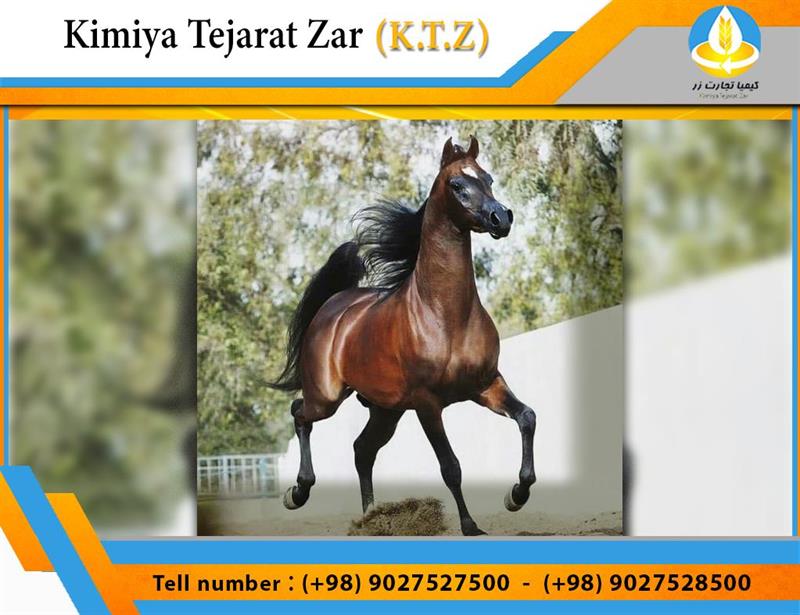Horse feed
نویسنده : مدیر سایت
یکشنبه 22 فروردین 1400
بازدید: 90
زبان : فارسی
Horse feeding is both a science and an art; nutritionist must have both of them. To have proper nutritional management, some principle must be considered. So, some principles such as knowledge about the anatomy and physiology of the gastrointestinal tract, knowledge about nutrients and needs, knowledge about various nutrient evaluation systems, knowledge about common food in horse nutrition, knowledge about different methods of rationing system. Also, individual differences are also essential for a nutritionist.
Food is digested in the digestive trace and then it absorbed. Digestion in horses includes mechanical, chemical, enzymatic and bacterial. The goal of the digestive process is break down food for easier absorption. Absorption process also includes the stages that during stages nutrients of food pass through the intestinal wall and enter the lymph blood.
Animals have diverse and specialized digestive systems that allow them to use different and varied diets. Carnivores, who are more likely to eat ready-to-eat and digestible food and their digestive trace are relatively simpler than other animals.
Carbohydrates are one of the most important constituents in plant tissues. About 70% of dry fodder and 85% of the weight of fine grains are carbohydrates.
Carbohydrates are found in most animals in form of glucose and glycogen. These substances provide the energy that is needed for the cell as well as the energy that is needed for muscle contraction, so horses need a large amount of carbohydrates in their daily diet. If there are too many carbohydrates in the food, so it doesn’t use for energy production and it is stored in the body as fat and cause obesity and increasing horse’s body condition scoring(BCS) that is an objective system of evaluating a horse’s level of body condition( amount of stored fat).

کلیه حقوق مادی و معنوی این وب سایت متعلق به شرکت کیمیا زرین است
طراحی سایت
سئو
مرکز طراحی وب زئوس
